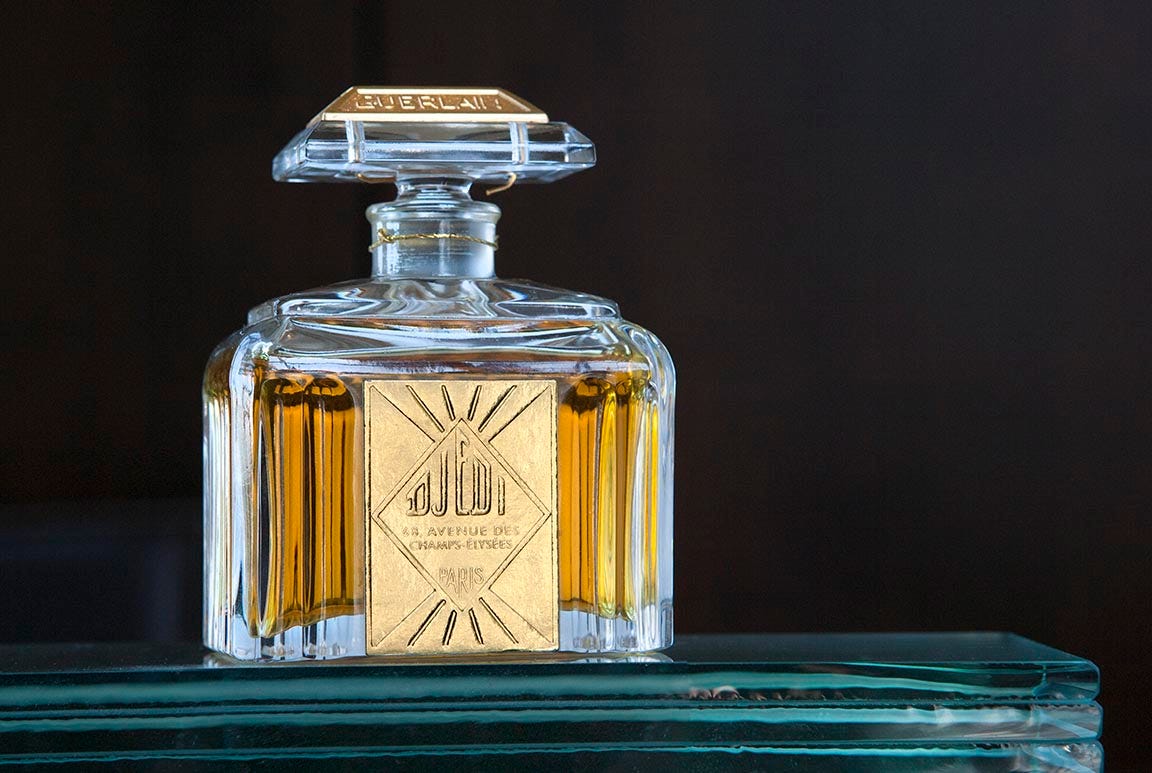Some favorite notes on perfumes
Greetings! I haven’t known what to write to you all for a while; but I have been collecting these tidbits of perfume knowledge while researching some book stuff and thought they were worthy of sharing. Some of my favorite perfumes:

Guerlain Djedi, 1927. From this:
Djedi was the legendary magician of ancient Egypt. Pharaoh Khufu, the god-king, had brought…
Keep reading with a 7-day free trial
Subscribe to You've Got Lipstick on Your Chin to keep reading this post and get 7 days of free access to the full post archives.


